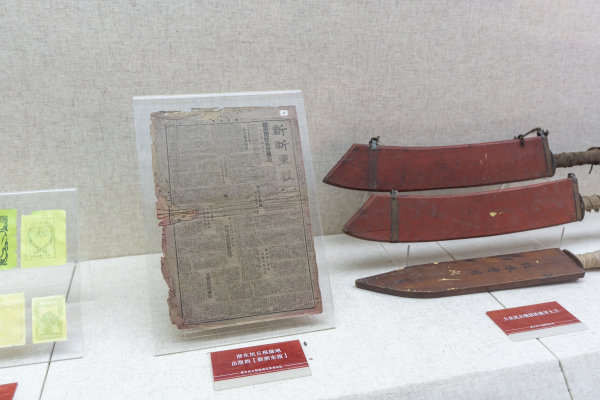Remote former military base rises to prosperity

A copy of New Zhedong Daily published on Dec 4, 1944 is stored in the memorial hall in Hengkantou village, Yuyao city of Ningbo, which used to be a base of Communist Party of China forces in eastern Zhejiang province during the War of Resistance Against Japanese Aggression (1931-45). [Photo/zj.zjol.com.cn]
Once home to a military base, Hengkantou village has in recent years become a bustling tourism site.
Nestled deep in Siming Mountain in Yuyao, a county-level city in Ningbo, the village used to be a base of Communist Party of China forces in eastern Zhejiang province during the War of Resistance Against Japanese Aggression (1931-45).
The village is now home to more than 10 agricultural bases for leisure and sightseeing as well as over 22 farms run by local families. Its annual revenue of sightseeing agriculture has exceeded 10 million yuan ($1.54 million).
In 2020, the per capita disposable income of the village surpassed 40,000 yuan, while its collective disposable income topped 10 million yuan.
Numerous visitors are attracted to the previously backward village by its unspoiled natural views and rich Red tourism resources.
A memorial hall in the village now still contains a copy of the Dec 4, 1944 issue of New Zhedong Daily. As the official newspaper for the eastern Zhejiang Committee of the CPC, New Zhedong Daily was formerly known as Facts in Brief. In 1943, the newspaper's editorial office was relocated to Hengkantou.
In the following two years, New Zhedong Daily covered news related to politics, military affairs, economy and culture. At its peak, the newspaper had a circulation of 7,000 copies.
On Oct 1, 1945, the newspaper ceased publication as the troops withdrew to the north.

